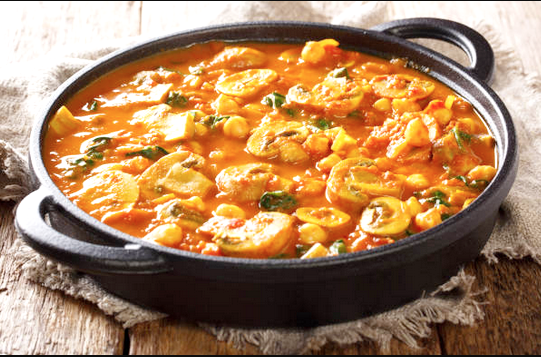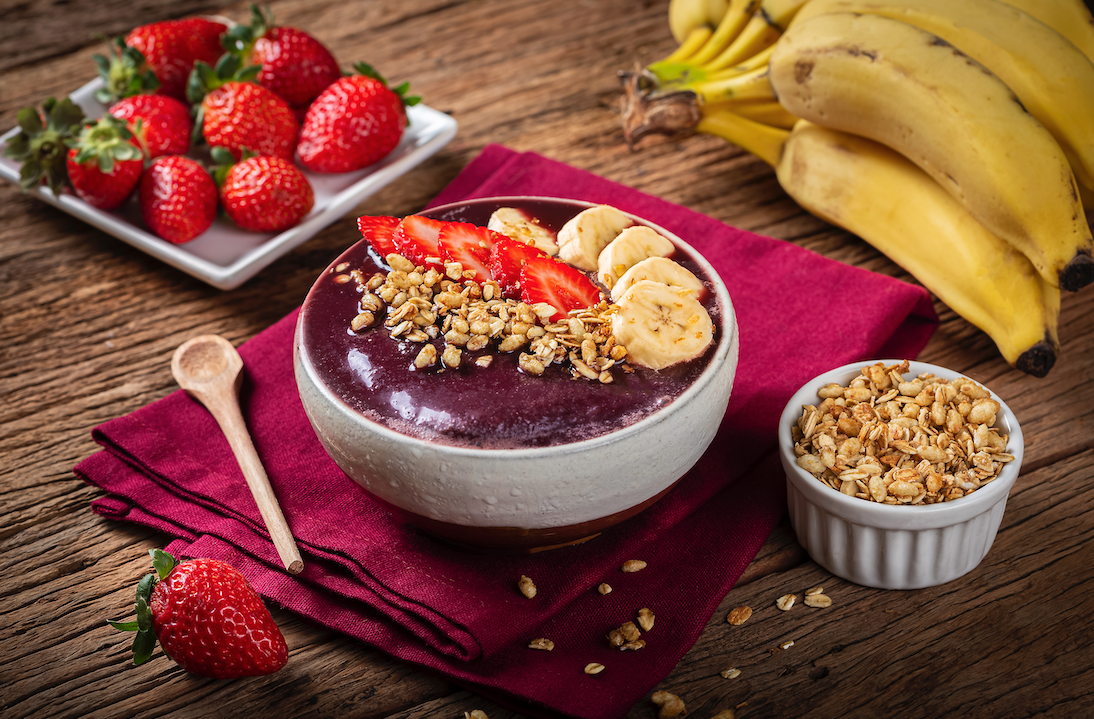
Burdock
Especially in Chinese traditional medicine, burdock is being promoted as a healthy and nutritious food. The medicinal uses of burdock in treating chronic diseases such as cancers, diabetes, and AIDS have been reported.
Usage
Traditionally, people take burdock for its diuretic and antiseptic properties. Active ingredients of a fresh burdock root have been proven to promote blood circulation and increase the amount of blood that reaches the skin surface. This effect can improve skin quality and treat mild skin conditions.
Antioxidant
Antioxidants and antidiabetic compounds have also been found in the root.
Skin aging
Some components in this plant were associated with the antioxidant and skin aging.
Oral
In the leaf extract, the active compounds isolated can inhibit the growth of microorganisms in the oral cavity.

How to add burdock to your diet?
The flavor of burdock root is earthy and ooty, but with an intriguing blend of sweetness and bitterness that is similar to an artichoke, to which it is related. Its texture is both meaty and slightly crunchy with a pleasant chew.
In a meal
The roots can be collected and cooked as root vegetables, which is a common practice in East Asia.
As a Supplement
Available in liquid extracts, capsules, and powders.
Make a Tea
It has bitter taste, but it also has a sweet and earthy flavor to it.
Turkish folk believe that the burdock plant can ward off the evil eye. This inspired the famous motif, frequently woven into different objects for protection.
The plant naturally inhabits Europe and Asia, but several species have been successfully introduced worldwide.
In traditional Chinese medicine, the root was used during the Industrial Revolution to help people cope with the effects of pollution.
Burdock while high in nutrition values, have no blooms and little to none fragrance.
Ancient Herbal Therapy
In traditional medicine, burdock fruits, seeds, roots, and leaves have been used as teas for colds, gout, rheumatism, stomach ailments, and cancer.
It is also used to promote urination, increase sweating, and facilitate bowel movements. Reportedly, burdock can be used as an aphrodisiac as well.
How to add burdock to your diet?
Arctium is a genus of plants traditionally known as burdock and belonging to the family Asteraceae.
Arctium species flower during the whole summer season.
Burdock is closely associated with honeybees, as its flowers provide necessary pollen and nectar around August. Young burdock plants have multiple uses.
Science
Chemical composition of fresh burdock is approximately 70% water, 2.8% protein, 25% carbohydrate, and 0.6% ash. Burdock root contains mostly inulin, amino acids, sulfur-acetylene class, multi-polyacetylenes, polyphenols, and volatile oil, among others.
Safety
The United States Food and Drug Administration (FDA) reported tea poisonings. The recommendation is to be cautious when choosing products and to pay attention to the labels. Burdock may cause allergic reactions and other side effects.
People who should avoid burdock root include women who are pregnant, want to become pregnant, or who are breastfeeding, children, individuals with allergic reactions history, combinations with diuretics, blood thinners, and diabetes medication.
Fun Facts
George de Mestral, a Swiss inventor, looked closely at the hook system of the burdock seed (for dispersal) and he realized that the same approach could be used to join other things together. This observation led to the development of the hook and loop fastener.
Sources
Chan, Y. S., Cheng, L. N., Wu, J. H., Chan, E., Kwan, Y. W., Lee, S. M. Y., ... & Chan, S. W. (2011). A review of the pharmacological effects of Arctium lappa (burdock). Inflammopharmacology, 19(5), 245-254.
Wang, C. H., Chung, F. Y., Tsai, T. R., Lin, S. R., & Liu, H. C. (2012). Development of great burdock essence compounds. Genomic Medicine, Biomarkers, and Health Sciences, 4(1-2), 45-47.
Nascimento, B. A., Gardinassi, L. G., Silveira, I. M., Gallucci, M. G., Tomé, M. A., Oliveira, J. F. D., ... & Zoccal, K. F. (2019). Arctium lappa extract suppresses inflammation and inhibits melanoma progression. Medicines, 6(3), 81.
Horng et al. Inhibitory effect of burdock leaves on elastase and tyrosinase activity. https://www.ncbi.nlm.nih.gov/pmc/articles/PMC5585880/



